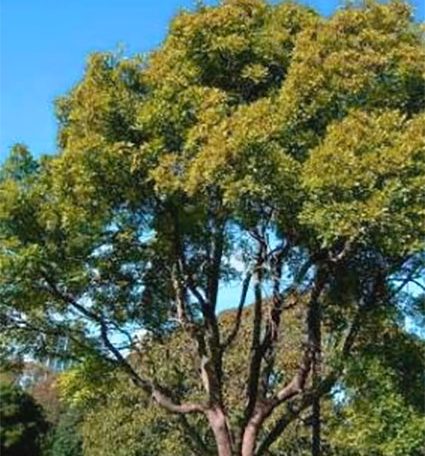Tree Species Profile: Australian Teak
Gold Coast Australia walk ways are beautiful and shady, thanks to tree species like the Australian Teak. Scientifically called Flindersia Australis, the Australian Teak is a tall semi-deciduous tree with a scary brown bark and a dense crown. It belongs to the family Rutaceae. Other names used to refer to the tree are Crow Ash, Flinders Ash, Flindosy, or nut wood. Just like other species in this genus, Flindersia Australis is named after the explorer, Matthew Flinders.
The tree grows fast in humid subtropical to tropical climates. In fact, it’s one of the fastest growing teaks here in Australia and other parts of the world. It grows to a height of 30 to 40m and a diameter of about 4 metres. The crown is made up of large, compound leaves with 7 to 15 lanceolate serrated leaflets. Such a crown makes a good shade. Flowers are small and creamy white in colour. They are stacked in a number good enough for a great display. The tree has a 5-segmented fruit that contains attractive winged seeds. With these characteristics, the Australian Teak is beautiful as a street tree as well as when planted in parks.
Uses of the Australian Teak
– Crow ash is a Nitrogen fixing plant. It fertilises the soil and prevents soil erosion.
– Due to its dense crown, it acts as a good windbreaker when planted on peripheries.
– Multicrops such as Beetle leaf and Pepper find the tree a perfect crop to creep on.
– The Australian Teak is well known for industrial and commercial purposes. Most popular uses include making furniture and cabinets and for particle board manufacturing.
– The timber is also used for flooring and boat building.
Australian Teak plantation growth and development
There are many factors that affect the success of planting programs for Crow ash. These factors include site, seed quality and seed supply, and management. Site is the most significant factor of these factors. So, what are the is clenbuterol safe characteristics of the best site to grow the Australia Teak?
The Australian Teak
1. Rainfall and moisture requirements: Most Flinders Ash plantations in Australia are found in the humid rainforests of the east coast. Under the very moist conditions in the area, the tree grows large and fluted, behaving like a semi-arid evergreen species. However, the wood quality is poor in density, texture and colour. Teak grown in areas with lower rainfall (between 1,200 and 2,500 mm) provides timber of a higher quality. Under very dry conditions, the Australian teak is stunted and shrubby.
2. Light: Crow Ash requires high light intensity for optimum growth and development. Study results have shown that light intensity has a significant effect on the dry matter of seedlings. According to a 1974 study, it was found out that dry matter production decreases sharply as light intensity decreases.
3. Soil: Deep, well-drained alluvial soils are the best soils for the growth of the Australian Teak. The tree performs well in soils derived from schist, limestone, gneiss, shale and a selection of volcanic rocks including basalt. Worst performance is recorded on shallow soil, acidic soils, dry sandy soils, or waterlogged soils.
4. Temperature levels: Flinders Ash performs best under warm conditions (around 27-36 Celsius) which is normal here in Gold Coast Australia as well as within other sub-tropical climates. The tree poorly tolerates very cold conditions such as frost during winter. During such times, the seedlings and saplings get severely damaged and most of them die.
